Scotland's NHS 'can’t go back to the way it was'
- Published
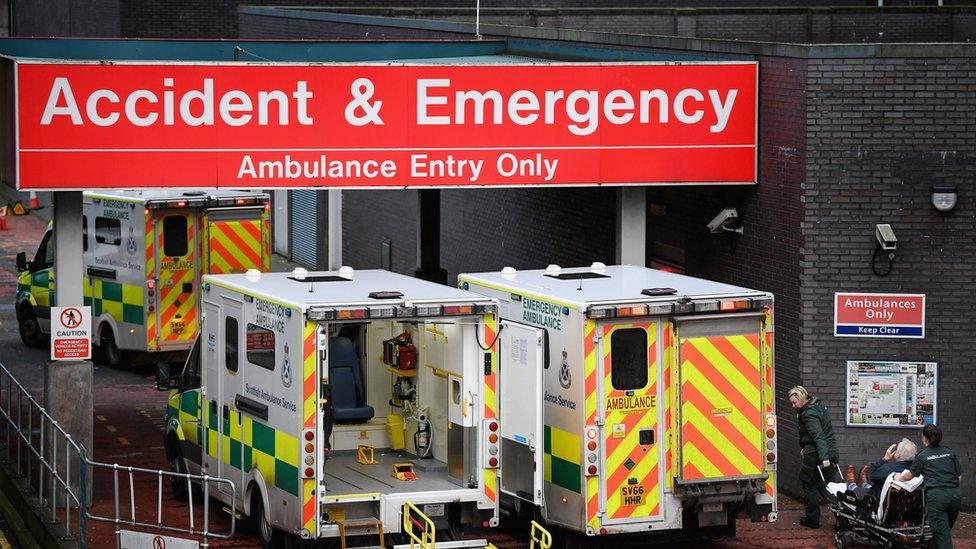
Scotland's NHS will need to change the way it treats emergency patients in the future, a top consultant has warned.
Dr David Chung, vice-president of the Royal College of Emergency Medicine (Scotland), said that "healthcare is going to look different" after the peak of the pandemic has passed.
A&E staff will have to continue to work in protective equipment for a long time to come, he predicted.
And he said lengthy delays in A&E would need to end.
Dr Chung told the BBC's Good Morning Scotland that the huge task of ensuring the NHS was not swamped by coronavirus has been a success.
But he said the question of "where do we go from here" now had to be considered because it "can't go back to the way it was".
He said: "It might mean from here on in that every time you see a patient you are wearing a mask, pinny and gloves to reassure the patient you are not going to infect them.
"That is something we are just going to have to live with until we get to the end of this, until there's been a vaccine or until three or four years down the line we are testing and found that everybody has had the virus."
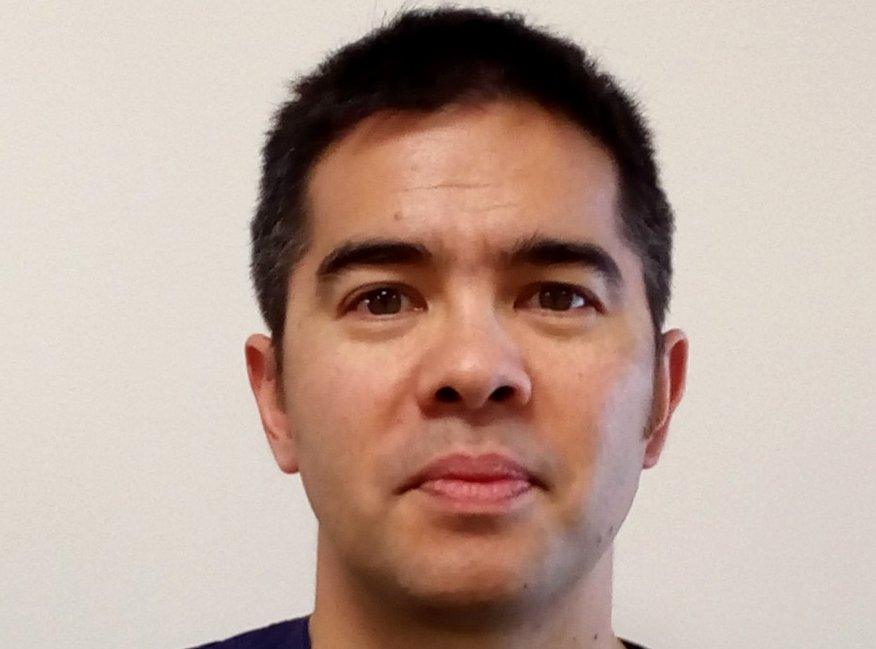
Dr Chung said demand on the NHS has not been "as bad as we were fearing thanks to the efforts of everyone in Scotland" during lockdown
The Scottish government's A&E target is to have 95% of cases completed within four hours of arrival.
However, this target was routinely being missed before the pandemic, with increasing numbers of patients waiting more than 12 hours to be admitted, transferred or discharged.
Dr Chung, an emergency medicine consultant at Crosshouse Hospital in Kilmarnock, said a better approach was needed as the NHS gets back to some sort of normality.
He said: "From an infection control point of view we definitely can't go back to the days where we are seeing, on a bad week in Scotland, 1,000 people waiting on a trolley in a corridor for a bed somewhere else in the hospital.
"We cannot expose what are usually old and vulnerable people to these risks of infection by letting them sit there."
Best performance in the UK
The Scottish government has previously highlighted that Scotland's core A&E departments have been the best-performing in the UK for more than four years despite experiencing continued high attendance levels.
More A&E patients were also seen within four hours in 2019 than in any other year since 2012.


A SIMPLE GUIDE: How do I protect myself?
AVOIDING CONTACT: The rules on self-isolation and exercise
LOOK-UP TOOL: Check cases in your area
MAPS AND CHARTS: Visual guide to the outbreak

- Published1 May 2020
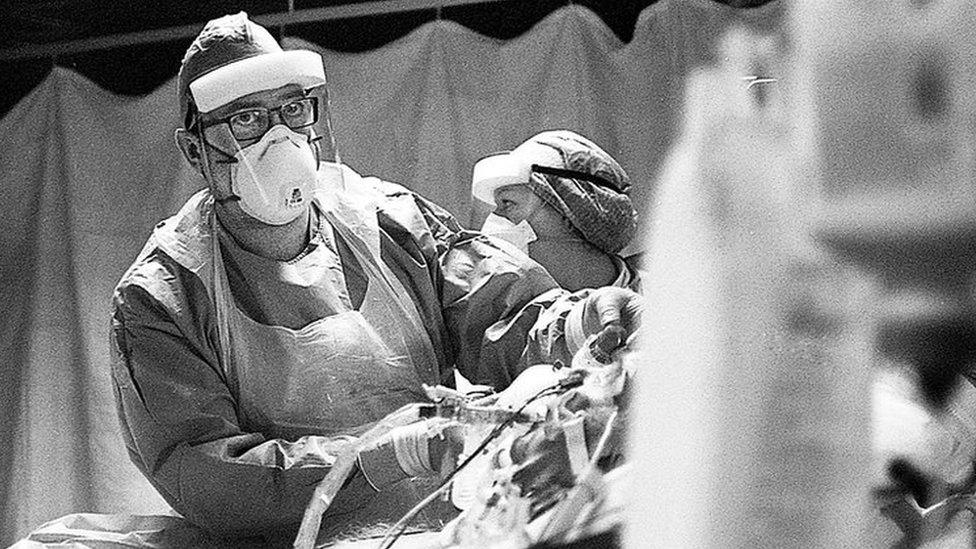
- Published7 April 2020
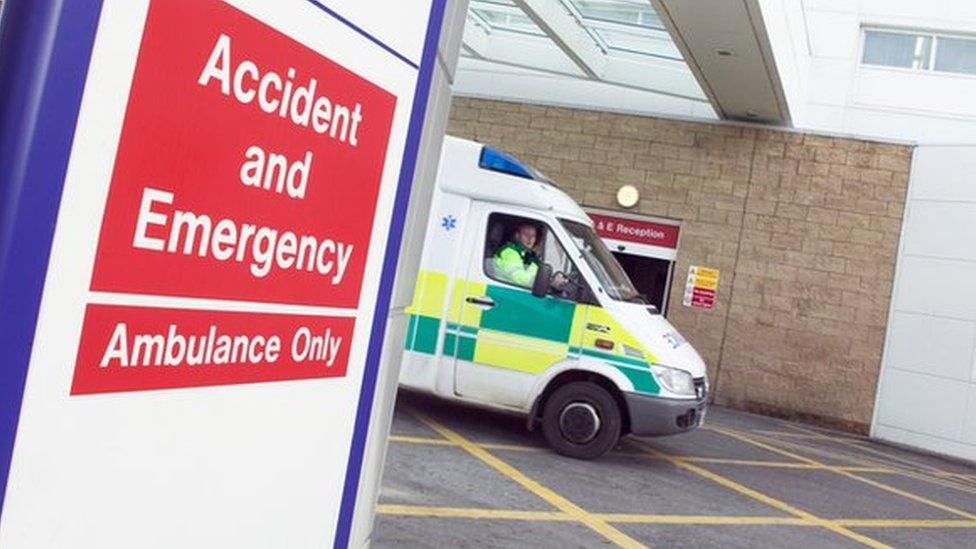
- Published7 January 2020
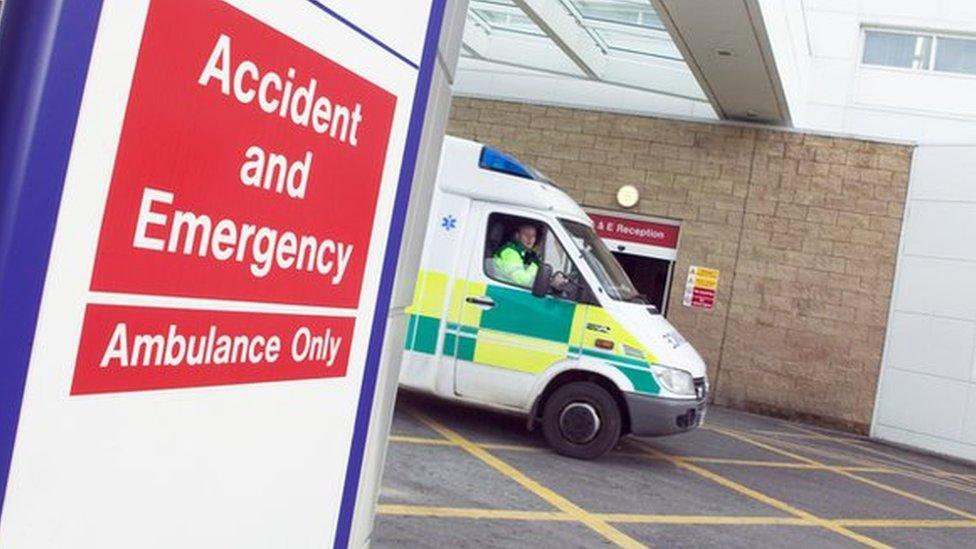
- Published14 April 2020
